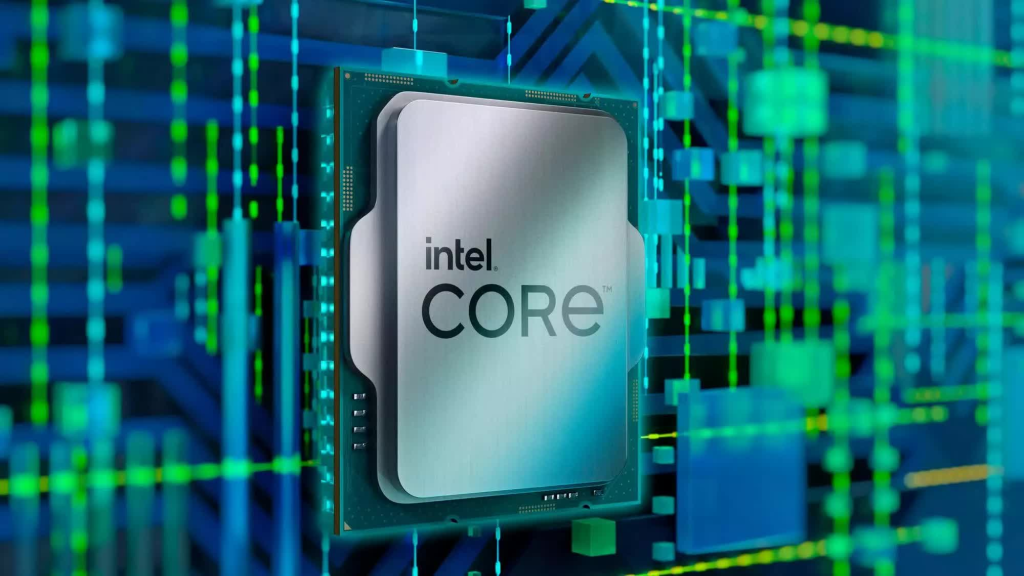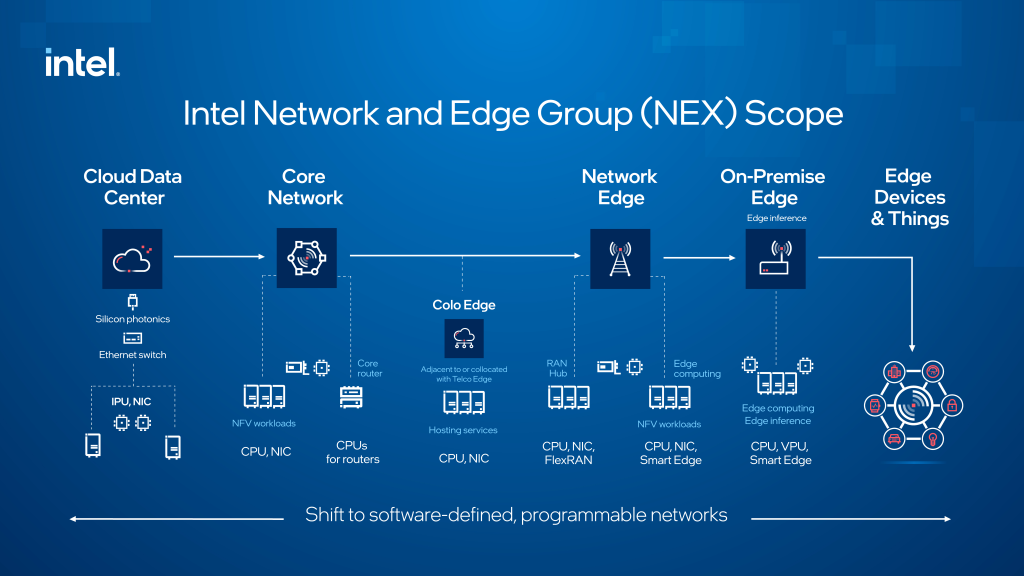Office Address
S.C Chatterjee Road - Bandel
Prantik Benepukir
IN - West Bengal
Hooghly - 712123

Intel, a name synonymous with innovation but also refreshing, 14nm+++ and much more, in the world of computing, and is reportedly working on a new series of CPUs codenamed Bartlett Lake. The new series is expected to be in the final 14nm+++, sorry, final offering before the much-anticipated Arrow Lake.

Bartlett Lake is architecturally similar to Raptor Lake. It supports the same socket, features the exact same P-Core and E-Core architectures, and is built on the Intel 7 node. One potential step-up could be an increased L3 cache, which can significantly enhance performance. However, Bartlett Lake is not just another refresh of the Raptor Lake CPUs for the LGA-1700 socket. It’s something more.
They both support the same socket, LGA-1700 and feature the same P-Core and E-Core architectures. The P-Core (Performance Core) and E-Core (Efficiency Core) design is a hybrid architecture approach that Intel has adopted for these CPUs. This design allows the CPUs to handle a wide range of tasks efficiently, with P-cores handling single and lightly-threaded software and E-cores handling multi-threaded applications and multitasking.
One potential improvement at Bartlett Lake could be an increased L3 cache. Cache memory is a small amount of high-speed memory available to the CPU for temporary storage of frequently used information, which can significantly enhance performance. The L3 cache is a specific type of cache memory that is shared among all cores in a CPU. An increase in the L3 cache could potentially lead to better performance in certain applications.
Recent rumors suggest that a potential variant is said to offer as many as 12 P-cores, thus would be the first mainstream consumer chip to offer more than 10 cores, since intel 10th gen.

What sets Bartlett Lake apart is its focus. According to reports, Bartlett Lake is designed with network and edge first. It’s actually a product of Intel’s NEX (Network and Edge) division. NEX focuses on IoT and Ethernet chips and designs special x86 chips for specific customers, mainly to power edge applications.
This focus on networking and edge computing represents a significant shift in Intel’s approach. The demand for powerful, efficient networks and edge computing solutions is growing as the world becomes increasingly connected. Bartlett Lake seems to be Intel’s answer to this demand.
There hasn’t been much word regarding memory support, core configurations, and other details. Reports suggest that it’s not explicitly stated whether Bartlett Lake will launch for consumers. However, if Bartlett Lake does launch for consumers, Intel will probably try to make them as niche as possible, given they wouldn’t want to sabotage Raptor Lake Refresh sales. I will certainly buy one if the 12 P-core model surfaces.
Some reports suggest that Bartlett Lake might serve as a suitable budget option. This could make it an attractive choice for consumers looking for powerful performance without breaking the bank. It’s also worth noting that AMD has launched a few Zen3 products which are keeping AM4 well and alive.
Although the 5700 non-X might be a scumbag move, my disappointment level is immeasurable, and my day is ruined.
While there are still many unknowns about Bartlett Lake, what’s clear is that Intel is continuing to innovate, or continue to refresh lakes into meteors, arrows, comets, lunar, solar whatever xD, and adapt to the changing demands of the computing world. Whether Bartlett Lake will end up being a game-changer in network and edge computing, or a budget-friendly option for consumers, remains to be seen. But one thing is certain: the tech world will be watching closely.